1. Japan: Bento Boxes with Fish Heads and Pickled Plums
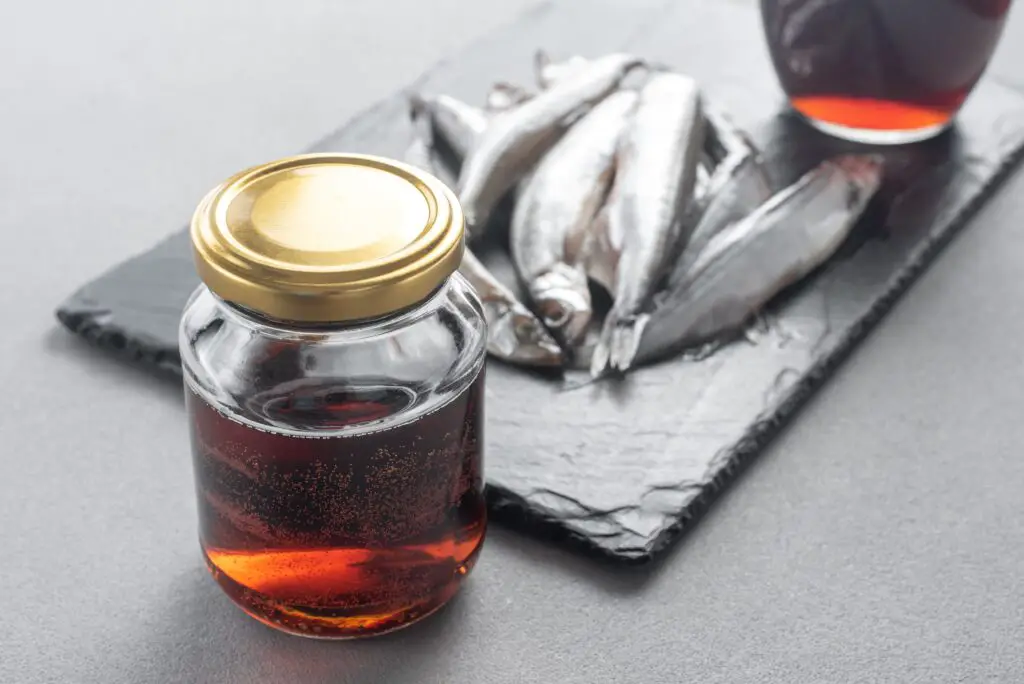
In Japan, school lunch isn’t just a meal—it’s practically a culinary ritual. Picture a neatly arranged bento box filled with rice, grilled mackerel (sometimes with the head on), miso soup, and a pickled plum smack dab in the middle like a sour little surprise. Kids also drink warm tea instead of juice boxes, and they’re expected to clean up after themselves and even serve each other. It’s polite, efficient, and shockingly wholesome. But for an American kid used to pizza squares and chocolate milk, fish heads and fermented plums might look a bit… intense.
Teachers eat the same food as students, and there’s a strong emphasis on appreciation and mindfulness around meals. No one gets out of lunch duty, and wasting food is practically taboo. It’s healthy, fresh, and nutritious—but definitely not your standard Lunchable. And don’t even think about bringing your own food from home. That’s not just discouraged—it’s considered disrespectful to the school lunch culture.
2. France: Steak Frites with Camembert Cheese
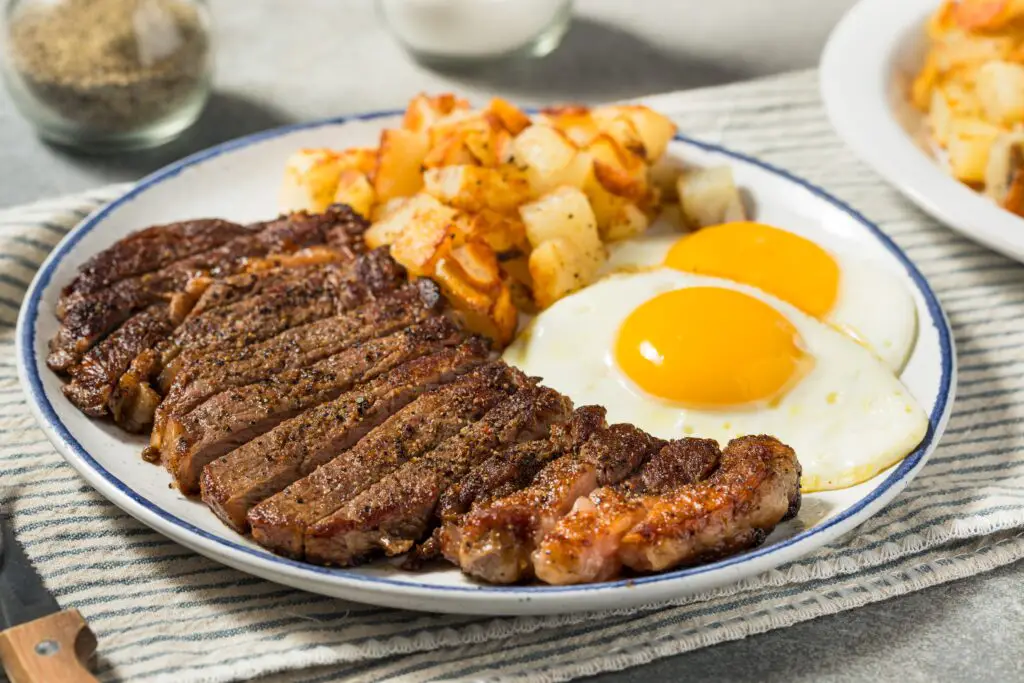
French school lunches are more like dining at a café than scarfing down a snack in a loud cafeteria. Yes, actual steak and golden frites are served, often alongside sautéed zucchini and a fresh baguette. Kids sip water from carafes, not plastic bottles, and meals unfold slowly over an hour. There’s usually a cheese course—with something bold like Camembert—and a fruit tart or yogurt to wrap things up.
This isn’t some special occasion meal, either. It’s the everyday expectation in French schools where food is seen as culture, not just fuel. Americans might do a double take at the idea of children eating ripe, runny cheese and spinach quiche on the regular. But in France, it’s about cultivating taste and teaching balance. Fast food? Pas ici.
3. South Korea: Kimchi, Rice, and Anchovies
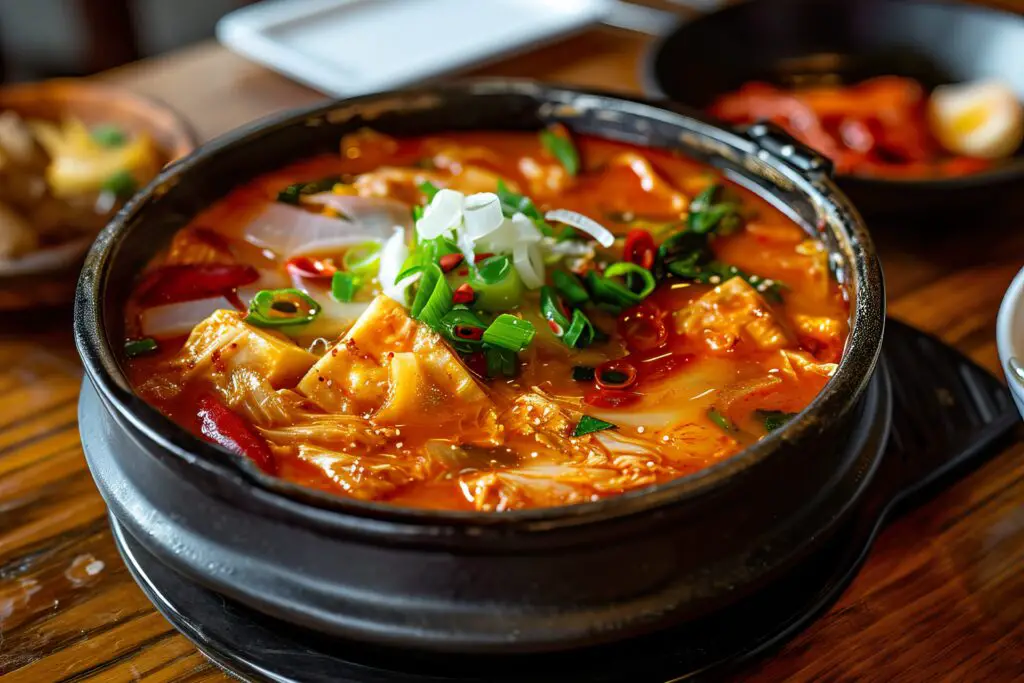
South Korean lunches are built on bold flavors and fermented goodness. A metal tray might feature sticky rice, a hearty stew (often with tofu), seasoned seaweed, and small dried anchovies that crunch like chips but taste intensely fishy. The star of the show is always kimchi—a spicy, fermented cabbage that’s considered a national treasure. It’s served daily, no matter what.
To an American palate, the sour-spicy funk of kimchi paired with dried fish might feel like a dare rather than a comfort. But Korean students grow up with it—it’s flavorful, probiotic, and part of their identity. Meals are balanced with protein, veggies, and grains, and dessert is rare. Cold milk and cookies? Try warm soup and fermented side dishes.
4. Finland: Reindeer Stew and Rye Bread
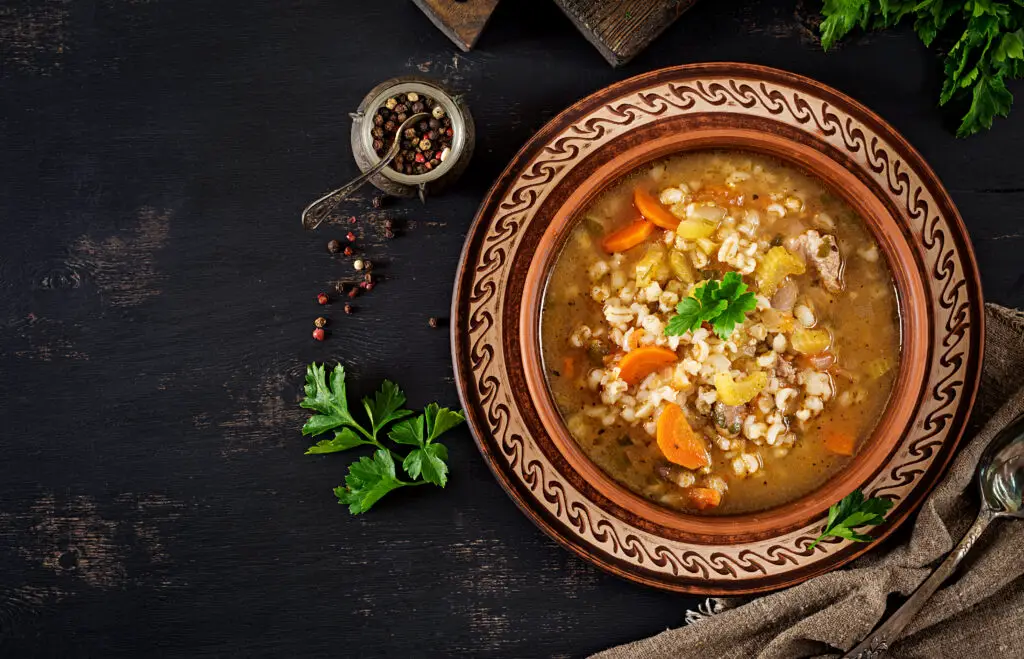
In Finland, lunch might include something straight out of a Nordic fairytale—like reindeer stew. Yep, students could be ladling out thick, savory servings of sautéed reindeer with potatoes, carrots, and gravy. Rye bread is a staple, and butter is often slathered on like it’s going out of style. Salad bars are common, and milk is the go-to drink, not soda.
It’s all government-funded, so no one pays out of pocket. The goal is equality and nutrition—kids eat the same meals, whether their families are wealthy or struggling. For an American child, the idea of eating Santa’s sidekick might feel a little scandalous. But in Finland, it’s just Tuesday.
5. Brazil: Rice, Beans, and Farofa
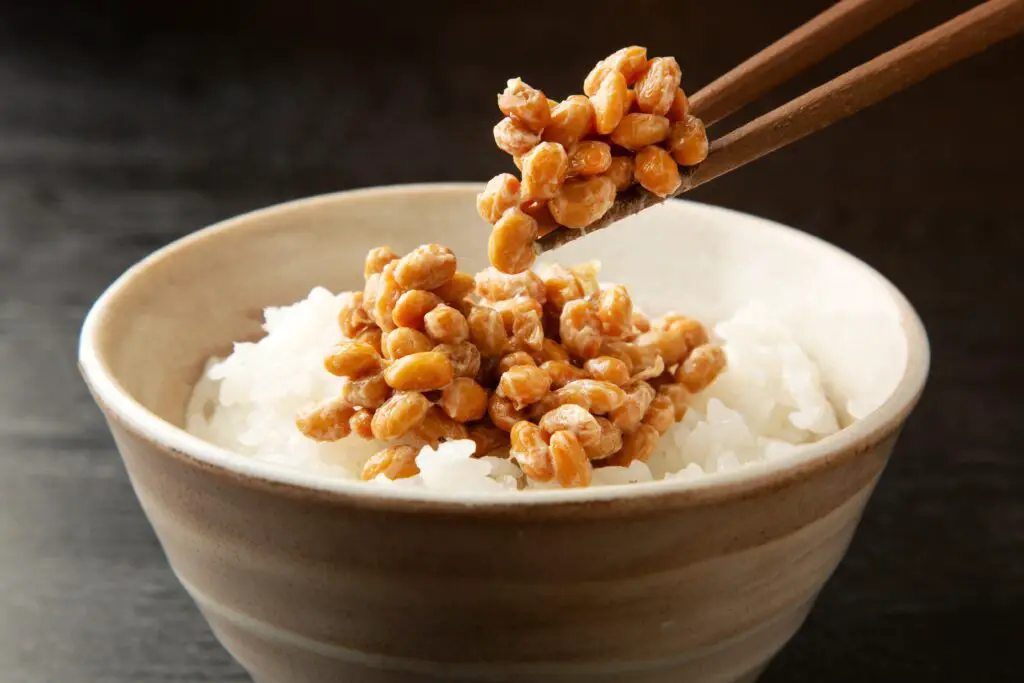
Lunch in Brazil is a hearty affair even at school. Students dig into plates of fluffy white rice, creamy black beans, and a sprinkle of farofa—a toasted cassava flour mix that adds crunch. There might be grilled meat or vegetables, with fruit like papaya or mango offered for dessert. It’s warm, communal, and usually freshly prepared onsite.
American kids used to microwave meals might raise eyebrows at the earthy taste of farofa or the sheer amount of beans. But Brazilian students learn to love the variety and the spice. Juice is fresh-squeezed, and food reflects regional traditions. Nutrition is important, but so is flavor—and lunch break feels more like a celebration than a chore.
6. Kenya: Ugali and Sukuma Wiki

Kenyan school lunches are humble but deeply nourishing. The star is ugali—a dense, dough-like starch made from maize flour, served in generous mounds. Alongside it is sukuma wiki, a type of collard green stew sautéed with onions and tomatoes. Protein comes in the form of beans or occasionally meat, depending on availability.
No ketchup, no processed snacks, just honest food with deep roots in local agriculture. For Americans used to convenience and variety, ugali might taste bland or unfamiliar at first—but it’s a cornerstone of Kenyan life. It fills you up and connects you to community. Meals are simple, but they’re built to last.
